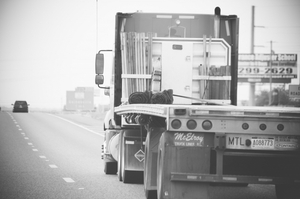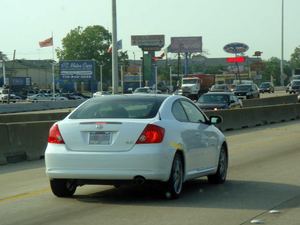While traffic homicide investigators continue to piece together evidence from the wreckage following a recent fatal crash on Del Prado Boulevard in Cape Coral, they say one thing seems certain: Speed was a primary factor.

It seems both vehicles – a Toyota Corolla car and a GMC Envoy sport utility vehicle – were traveling the same direction at speeds of up to 80 miles-per-hour in a 45-mile-per-hour zone.
The Corolla was driven by a 17-year-old male. The Envoy was driven by an 18-year-old. The two vehicles were traveling side-by-side when they collided, sending the SUV careening across the median and into oncoming traffic, where it rolled several times. The SUV driver, of Cape Coral, was pronounced dead at the scene. His passenger, 20, sustained injuries. The 17-year-old driver of the other vehicle was reportedly not injured.
Continue reading ›
 Florida Injury Lawyer Blog
Florida Injury Lawyer Blog


























